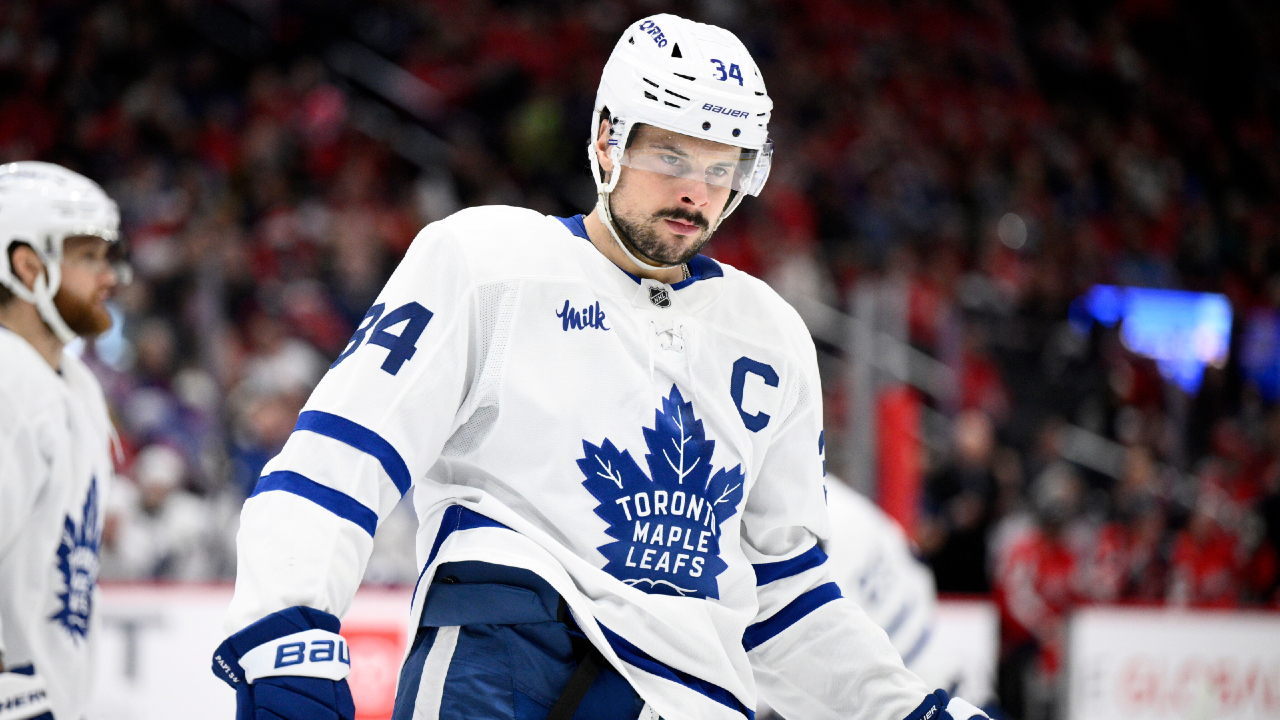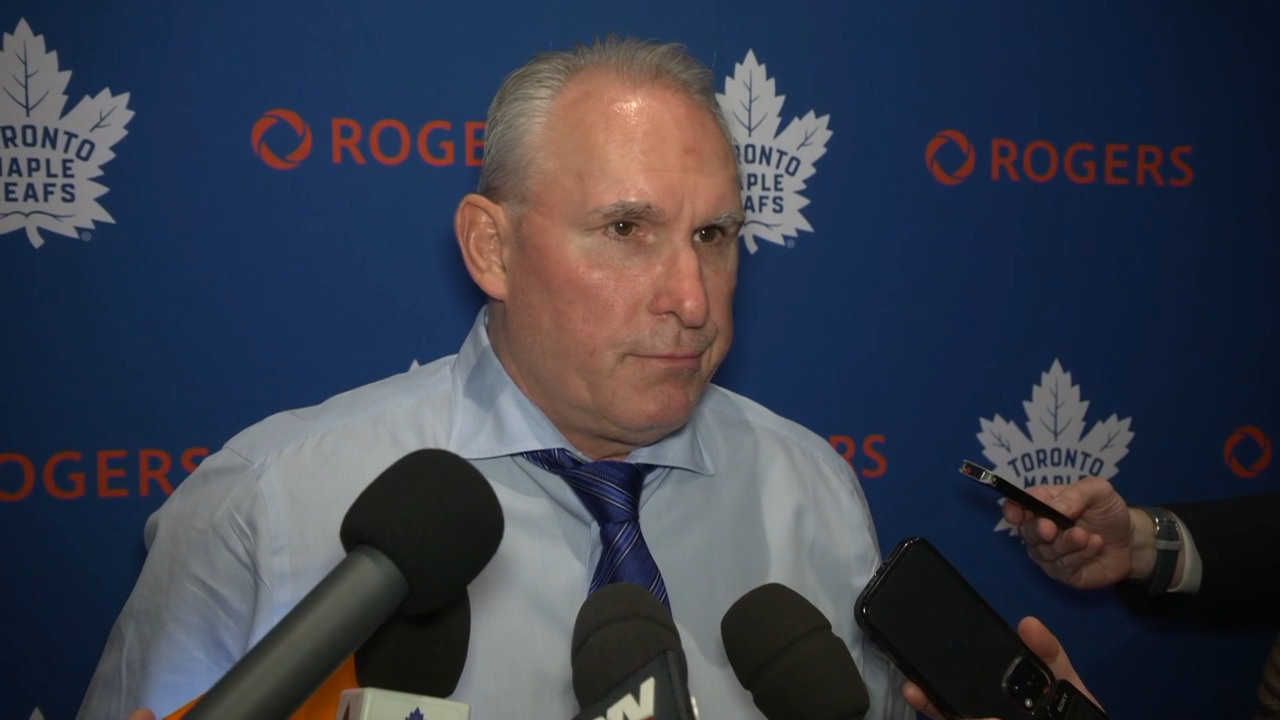
Ever since it became clear the Cleveland Indians were shopping Francisco Lindor, just about every MLB fan base has been clamouring for their club to add the star shortstop — and for good reason.
Lindor is undoubtedly one of the best players in the sport and would upgrade every single lineup in baseball offensively and defensively. Just short of his 27th birthday, he’s also a player who fits just about any window of contention — if he can be convinced to forgo free agency following the 2021 season and sign an extension.
The Toronto Blue Jays have been linked to Lindor based on compelling evidence of a fit. The team could use another high-calibre infielder, especially one with a top-notch glove, and they have plenty of payroll flexibility — even well beyond 2021. Lindor was also selected eighth overall by a front office prominently featuring Mark Shapiro and Ross Atkins back in 2011. Perhaps best of all for those hoping the four-time all-star lands in Toronto, less than a month ago Atkins made the following statement:
“I think we are in a position where we could add to this team with talent that is condensed in one player and a super high impact. We got to the point last year where we felt like the team was competitive enough to move towards winning, and that was a big part of that decision. We’re going to continue to think about how we can build upon this group, and hopefully it’s both complimentary as well as making a really high impact.”
Words like that are no guarantee that the Blue Jays are going to get Lindor, but they’re about as close you’re going to see to Atkins saying he wants to do something like trading for Lindor.
If the consensus is that the 26-year-old would be a good fit, and the Blue Jays are contemplating a big splash, the next question becomes what it would take to pry him loose from the Indians.
To answer that question, let’s take a snapshot of Lindor’s value as a trade asset:
Career stats: .285/.346/.488 with 138 HR, 99 SB, and 28.9 WAR in 3,510 PA (4.9 WAR/600)
2020 season: .258/.335/.415 with 8 HR, 6 SB, and 1.7 WAR in 266 PA (3.8 WAR/600)
Projected salary for 2021: $19.3 million
Projected WAR in 2021: 5.0
Projected “value” in 2021: $40.6 million
Projected surplus value: $21.3 million
A quick note on how I came to those projected numbers.
The salary is an average of the three projections MLB Trade Rumors put out in mid-October. Spotrac also has an estimate which comes in at about $19.5 million, so this seems like the right ballpark.
The projected WAR averages his WAR/PA from 2020, his last full season (2019), and his career as a whole, then multiplies it by his average plate appearance total per full season (701). It’s undoubtedly back-of-the-napkin math, and it probably overemphasizes his 2020 results in a short season, but the fact he isn’t coming off a particularly good year with the bat is going to materially affect any trade. There’s plenty of room to quibble, but it’s a ballpark overview of Lindor’s status as a trade chip.
If we have a little baseline, what we need is a comparison point. The most relevant one is Mookie Betts, who got traded to the Los Angeles Dodgers with one year left on his deal last off-season. Although Betts is a better player, he was a superstar who was almost the exact same age with one year left before free agency. Here’s how he looked by the same measures before 2020:
Career stats (prior to 2020): .301/.374/.519 with 139 HR, 126 SB, and 37.2 WAR in 3,629 PA (6.1 WAR/600)
2019 season: .295/.391/.524 with 29 HR, 16 SB, and 6.6 WAR in 706 PA (5.6 WAR/600)
Salary for 2020: $27 million
Projected WAR in 2020: 6.0
Projected “value” in 2020: $48.6 million
Projected surplus value: $21.6 million
The projection Betts got for 2020 looks a little bit light, but it’s easy to say that with the benefit of hindsight. What these numbers show is that a Lindor-Betts comparison is valid, even if it isn’t perfect. They also come with similar intangibles in terms of being exceedingly well-regarded off the field, and eminently marketable.
Let’s take a look at the Betts deal and see if we can reverse engineer something similar with Lindor and the Blue Jays:
Dodgers got: OF Mookie Betts, LHP David Price, $48 million in cash
Red Sox got: OF Alex Verdugo, SS Jeter Downs, C/2B/3B Connor Wong
The David Price/big pile of cash part of this deal makes it seem more complicated than it really is. Boston was looking to move Price to clear salary and the Dodgers negotiated them down to a place where they took on the southpaw at approximately the kind of contract he would’ve been worth on the open market at the time (3-years, $48 million). That makes his inclusion in the deal something of a wash. At the time of the trade he was still a good player, but also a guy whose stuff and durability were in decline. His presence in this deal lessened the return slightly for the Red Sox, but not radically. If anything, this wrinkle might help us bridge the gap between Betts and Lindor as players — although it doesn’t get us all the way there.
Boston’s haul came in three pieces: an MLB-ready, starting quality player, a top prospect, and another less-heralded, but intriguing prospect. That’s a package the Blue Jays can recreate, although it would take a slightly different shape:
Playing the role of Alex Verdugo: Lourdes Gurriel Jr., OF
The Blue Jays don’t have many young position players they can afford to move on from, but Gurriel Jr. could fit the bill. He has four more years of team control — his 2021-2023 campaigns come in at a bargain total of $13.4 million, then he’s eligible for arbitration in 2024.
If the Blue Jays move on from Gurriel Jr. that opens up the possibility of reinstating Randal Grichuk and Teoscar Hernandez in the corner and pursuing a true centre fielder, which would be another route to upgrading the team defensively. That doesn’t mean they wouldn’t miss Gurriel Jr., but removing him from the equation wouldn’t shatter the team’s core.
As a trade chip, Gurriel Jr. is bested by Verdugo because he’s three years older, costs slightly more, and is under team control for one fewer season. He claws some of that ground back with a career MLB slash line of .287/.327/.508 in 830 plate appearances which makes him a surer thing to produce offensively. Conversely, at the time of the Betts trade, Verdugo was projected to be a less dynamic hitter with limited power.

Even so, in order for the rest of this package to work, the Blue Jays need to beef it up elsewhere.
Playing the role of Jeter Downs: Jordan Groshans, SS/3B
Downs is a blue-chipper who instantly became the Red Sox’ top-ranked prospect the moment he was acquired. League-wide, the shortstop who dominated High-A and Double-A in his age-21 season was very highly-regarded. He ranked 47th on FanGraphs’ most recent top 100 board, which was coincidentally published just two days after the trade.
The Blue Jays don’t have a prospect in quite the same value band to offer. Nate Pearson was more of a top-10 guy prior to 2020, and despite some of his struggles, he’s still a cut above getting moved for a player with one year of control. Similarly, Austin Martin wouldn’t be on the table for a deal like this due to his pedigree. That brings us to Groshans, who ranked 80th on the same 2020 prospect list. Because of the lack of minor-league action this summer, it’s really hard to know how the perception of prospects has changed since February, but there’s no reason to believe the 21-year-old’s stock has wavered.
Simeon Woods Richardson could fit here as well, but the Indians seem to have no trouble developing starters internally, and when in doubt, position players tend to be in higher demand. Groshans would provide the Indians with a player who projects to be an MLB regular, even if he doesn’t have the same upside Downs had.
Playing the role of Connor Wong: Rikelvin de Castro, SS
Wong was the third fiddle in this deal, but he brought significant value of his own. After the deal, MLB Pipeline pegged him as the 19th-best prospect in the Red Sox system and FanGraphs had him at 14th. While his high strikeout rates make him seem more like a role player than a starter at the MLB level, the 24-year-old is knocking on the door — and he brings rare versatility to the table with his ability to play catcher, second base and third base.
In some ways, de Castro is the exact opposite of Wong. At 17 years old, he’s at least four years from the major leagues, possibly five or six. Instead of a multi-positional role player, he profiles as a gifted glove smith who should stay at shortstop. In fact, MLB Pipeline had him tied with Reese McGuire as the best defender in the Blue Jays farm system. All of the questions with de Castro — who Toronto signed for $1.2 million as an international free agent in 2019 — reside with his bat. If it develops, he can be an everyday player at a premium position.
Because of his youth and athleticism, the Dominican is the type of prospect who could fit into any farm system regardless of a team’s depth chart or window of contention. FanGraphs ranks him as the Blue Jays’ 11th best prospect, while MLB Pipeline has him at 17th. He’d probably be in that range for the Indians — who have a better-regarded system than the Red Sox do. The Blue Jays already have Orelvis Martinez playing the role of “young international free agent shortstop of the future to dream on” which makes losing de Castro more palatable. For the Indians, he’s someone with a far higher ceiling than Wong who could make the trade look very good for them down the line.
That’s a lot to give up for one year of Lindor, and if you’re not going to extend him a trade like this doesn’t really make sense — especially for a team like the Blue Jays that isn’t a player away from a title. To contemplate a deal like this, you need to believe you’re going to sign Lindor to a massive extension and make him the centrepiece of your lineup.
Only the biggest stars justify that line of thinking, but Lindor is legitimately on a Hall of Fame trajectory. If you’re going to pony up a package of players — and a hefty contract — for a franchise changer, you’d be hard-pressed to find a better candidate.




